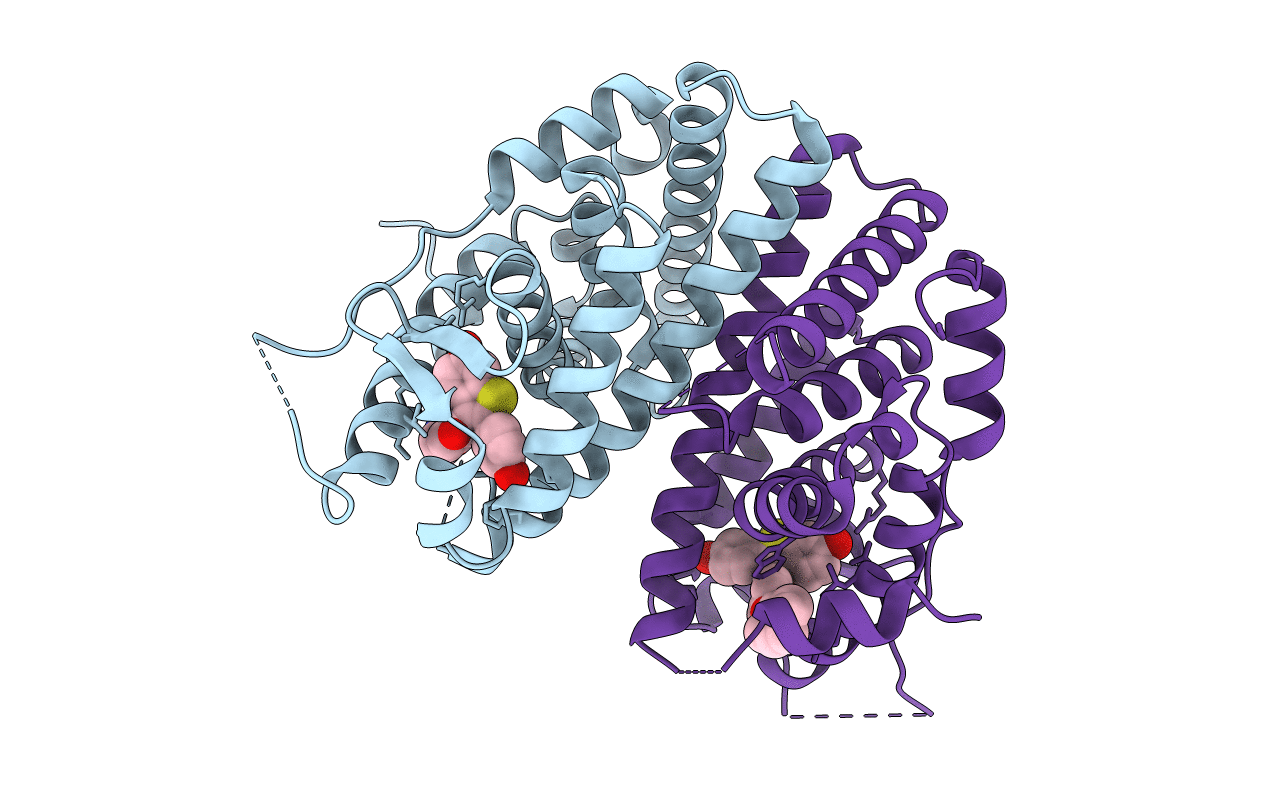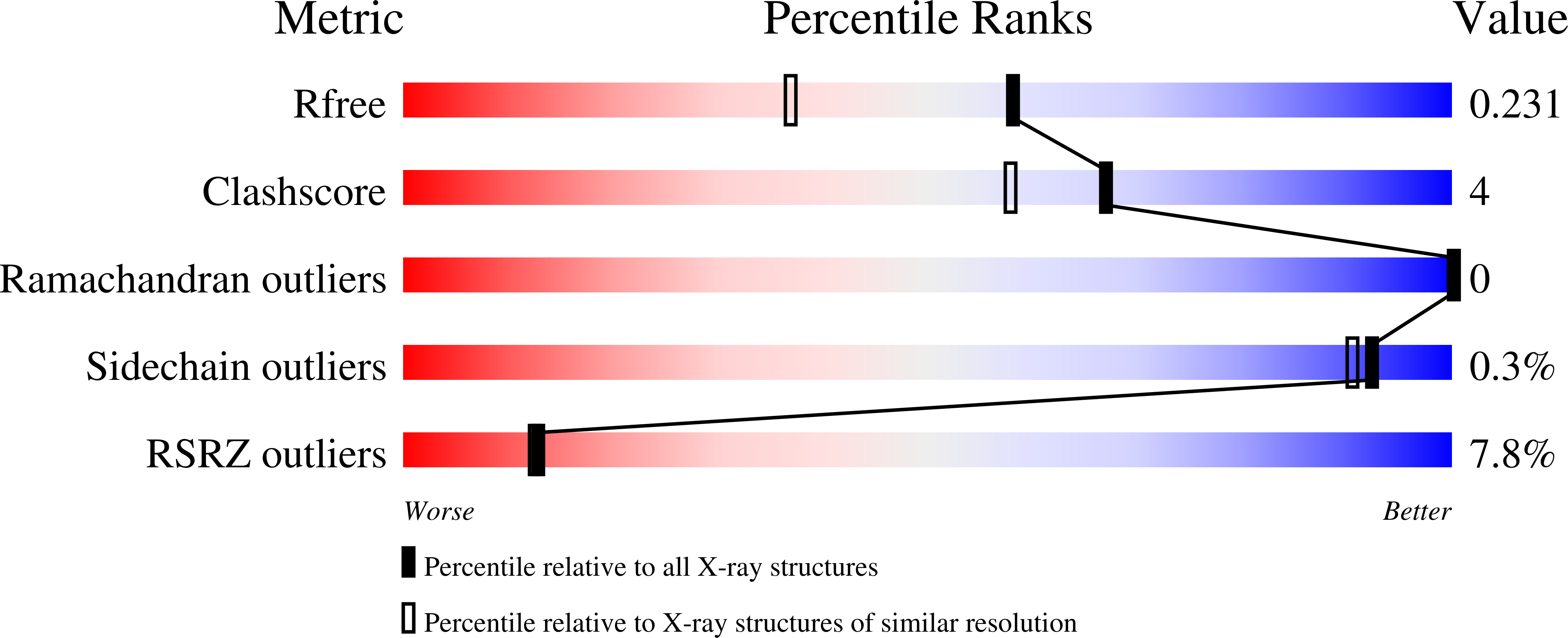
Deposition Date
2022-03-30
Release Date
2022-06-15
Last Version Date
2023-10-18
Entry Detail
PDB ID:
7UJC
Keywords:
Title:
Raloxifene in Complex with Estrogen Receptor Alpha Ligand Binding Domain Y537S Mutation
Biological Source:
Source Organism:
Homo sapiens (Taxon ID: 9606)
Host Organism:
Method Details:
Experimental Method:
Resolution:
1.78 Å
R-Value Free:
0.23
R-Value Work:
0.19
R-Value Observed:
0.19
Space Group:
C 1 2 1


